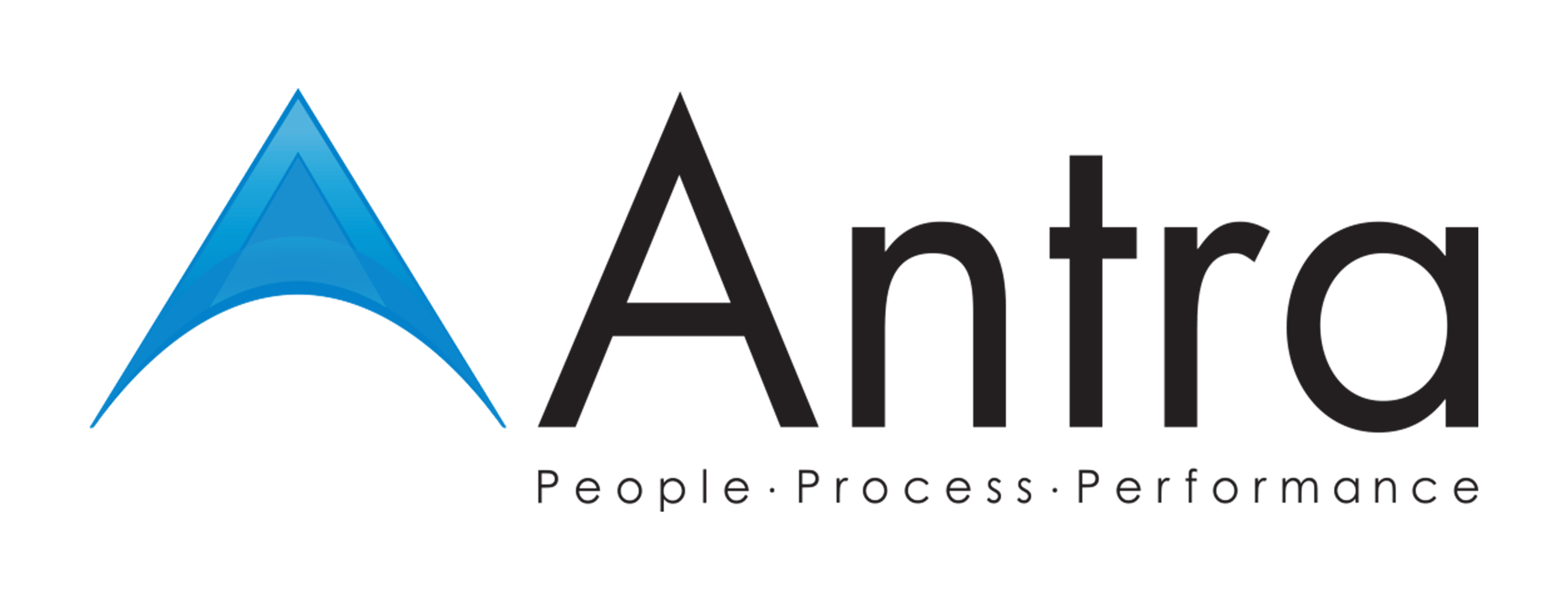Artifacts:
Scrum artifacts provide significant information to the Scrum Team and the stakeholders for the effective and efficient development. This information fosters the understanding of the product in progress, the activities being planned, and the activities being done in the project. Here are the primary artifacts seen in Scrum Process Framework:
- Product Backlog:The Product Backlog is an ordered list of features that are prioritized based on business value, where each features has an associated estimate and other attributes provided by the Scrum Team. It is an evolving artifact that provides all features, enhancements, requirements, functions and changes to be made to the product. The Product Owner is responsible for the Product Backlog.
- Sprint Backlog:The Sprint Backlog is the set of Product Backlog items loaded onto the Sprint’s time-box – this often includes in-depth details such as plan for delivering the products, the primary person to work during the Sprint and gives information that helps in understanding the Sprint Goal.
- Product Increment:The Product Increment is the sum of all the Product Backlog items completed in a Sprint and the last Sprint. At the end of a Sprint, the Product Increment must be complete and meet the Scrum Team’s definition of Done, and in a usable condition regardless of whether the Product Owner accepts or rejects. The increment consists of fully tested code that has been built into an executable. Also, the user operation of the functionality is documented.
- Sprint Burn-down Chart:The Sprint Burn-down Chart presents the visibility into the Sprint – provides progress by the team, work left to do in the Sprint and predicts when all the work can be done. In simple, at any given point in a Sprint, the Burn-down Chart shows the total work remaining in the Sprint Backlog. This is a useful technique to monitor the Sprint progress heading the Sprint Goal. The Product Owner is responsible to track the work done and total work remaining at the Sprint Review.
- Release Burn-up Chart:The Release Burn-up Chart presents a way for the team to track progress towards a release or project’s completion. It is updated at the end of each Sprint to provide progress toward delivering the Sprint Goal. In simple, the Burn-up chart shows how much work has been Done or completed, and the total amount of work.
Tools:
There are a variety of Agile and Scrum tools that enable organizations in making swift decisions and come with a range of awesome features. Here is a list of Agile or Scrum project management tools that we believe are very effective and quite useful for Agile or Scrum practitioners.
- Jira: Atlassian Jira is one of the best software development tools widely used by Agile teams. The tool is designed for every Agile practitioner to plan, track and release software. Plus, the tool also presents visual data where you can use it to improve team performance based on real-time. The Jira software comes with the following features – flexible planning, value-driven prioritization, accurate estimations, scalable evolution, actionable results, transparent execution and much more.
- Scrumwise: This online tool is built explicitly for Scrum. It lets you create teams and roles effortlessly with drag and drop option and come with time tracking feature to view the time log for individual persons and track backlog items. Here are some of the most impressive features by Scrumwise: lightning fast, realtime updating, auto saving, right-click menu, cut & paste, popup dialogues, comments, attachments, activity history, export, integration to Github and much more.
- Asana: The best ever way for teams to track their work and get results is through Asana. This online tool enables individual teams to work collaboratively while availing plenty of features – create tasks, organize the tasks, add reminders, comment on tasks and track all the tasks from anywhere with ease. Here are the best features of this tool: quick updates, work on the go, free unlimited usage, add tasks & break down your work, add due dates, ‘followers, assignees, files, details and more.
- Trello: This collaboration tool helps get a perspective over various projects that you manage and lets you manage them from anywhere. This tool comes with simple user interface and various powerful yet flexible features that let you get things done and stay organized. Check out the benefits Trello offers here – Customize workflow for different projects, upload files from Dropbox or Google Drive, add checklists, invite team members or co-workers to collaborate.
- ScrumDo: ScrumDo is one of the easiest ways to manage work and get it distributed among the teams. Whether you are a seasoned Agile tool practitioner or looking to introduce one into your work environment, this tool sure lets you focus on the work and get things done faster. Here are some of the awesome features the ScrumDo comprises of – planning tool, flexible board, car labels, email notifications, pro-active training and support, and much more. Find the other Scrum tools below.
- Axosoft
- Yodiz
- Planbox
- TargetProcess
- Acunote
- VersionOne
- ActiveCollab
- Pivotal Labs
- SprintGround
- Telerik TeamPulse
- Agile Agenda
- Agile Fant
- Agile Buddy
- Agile Wrap
- Banana Scrum
